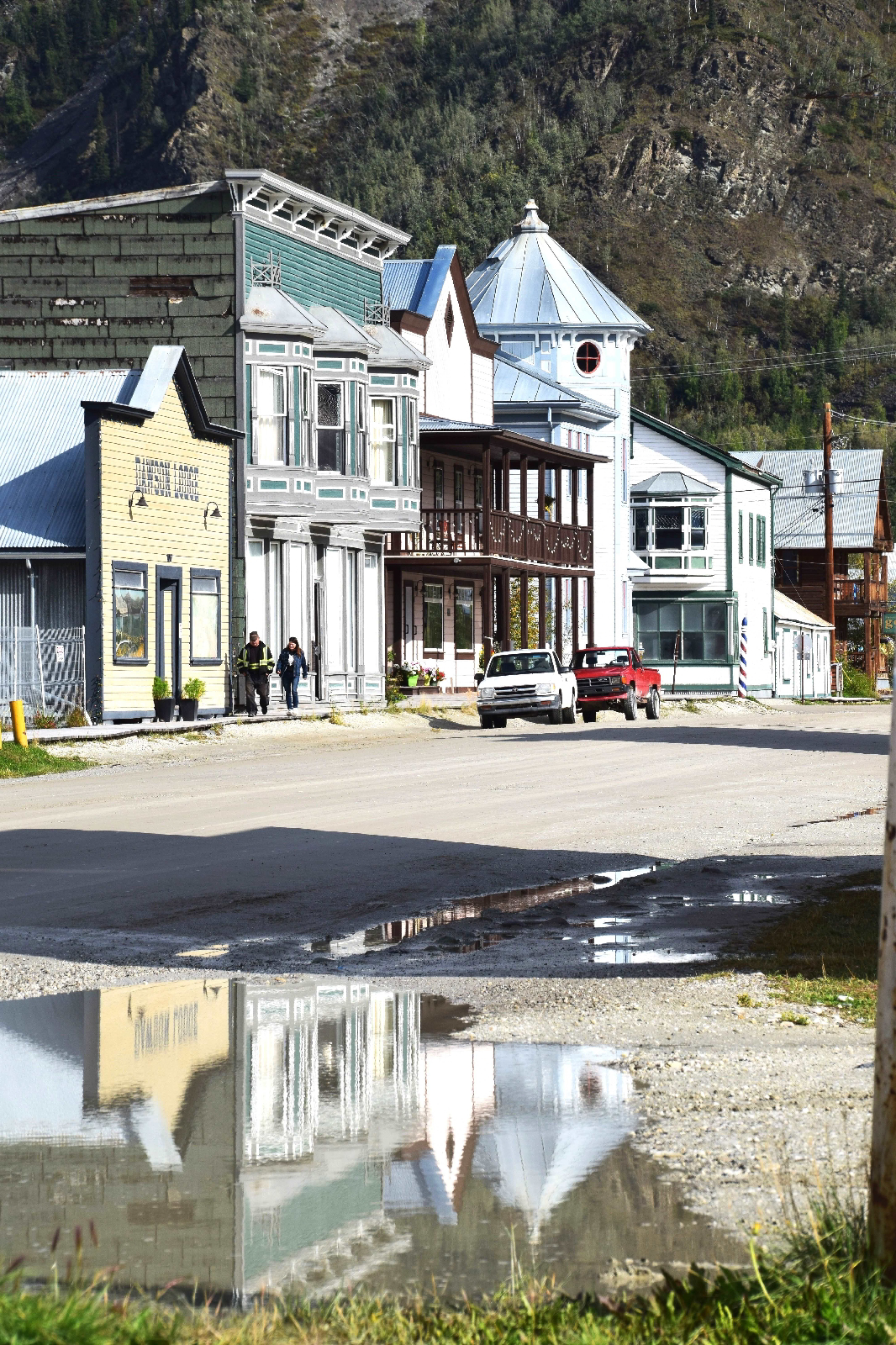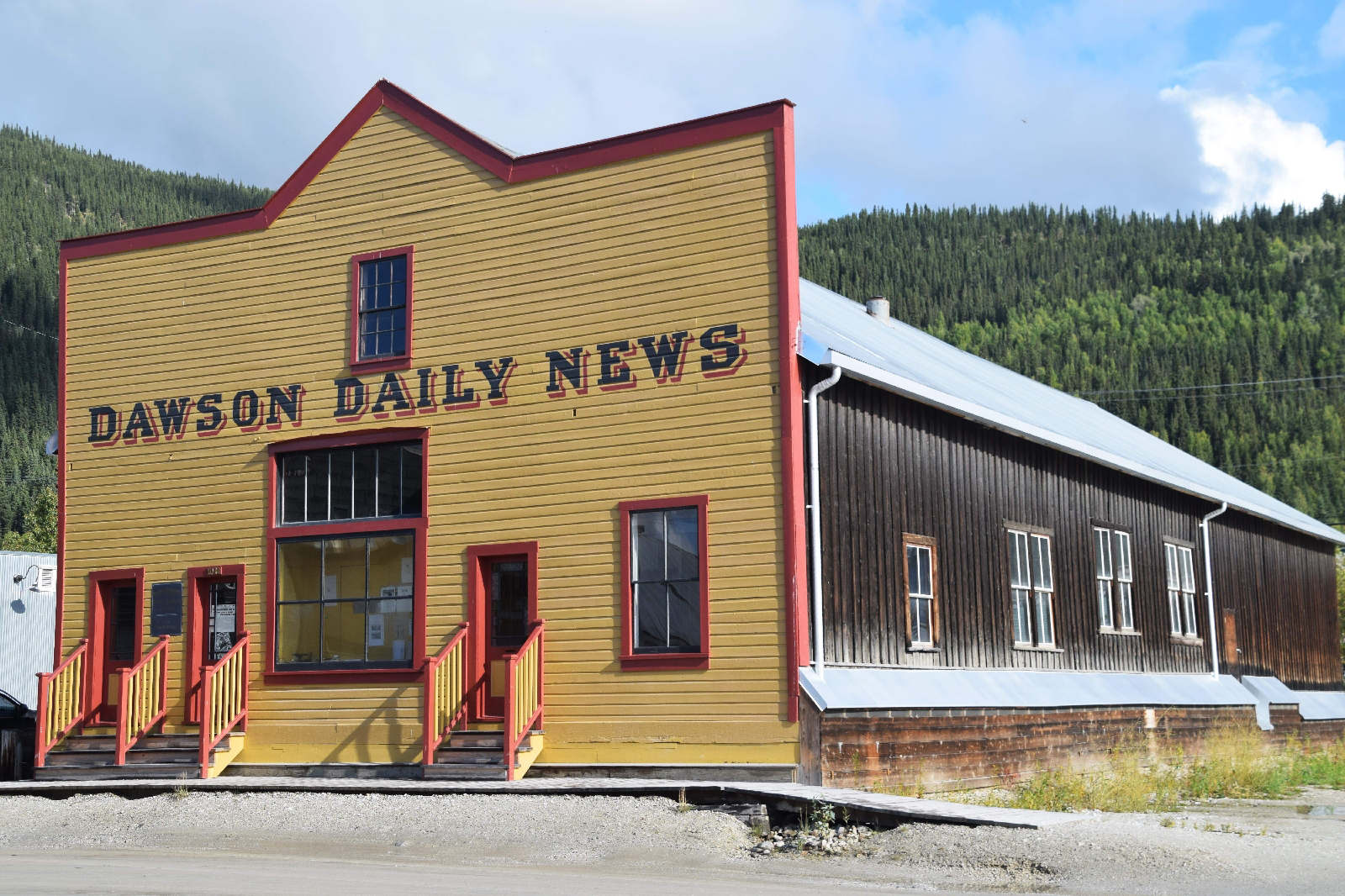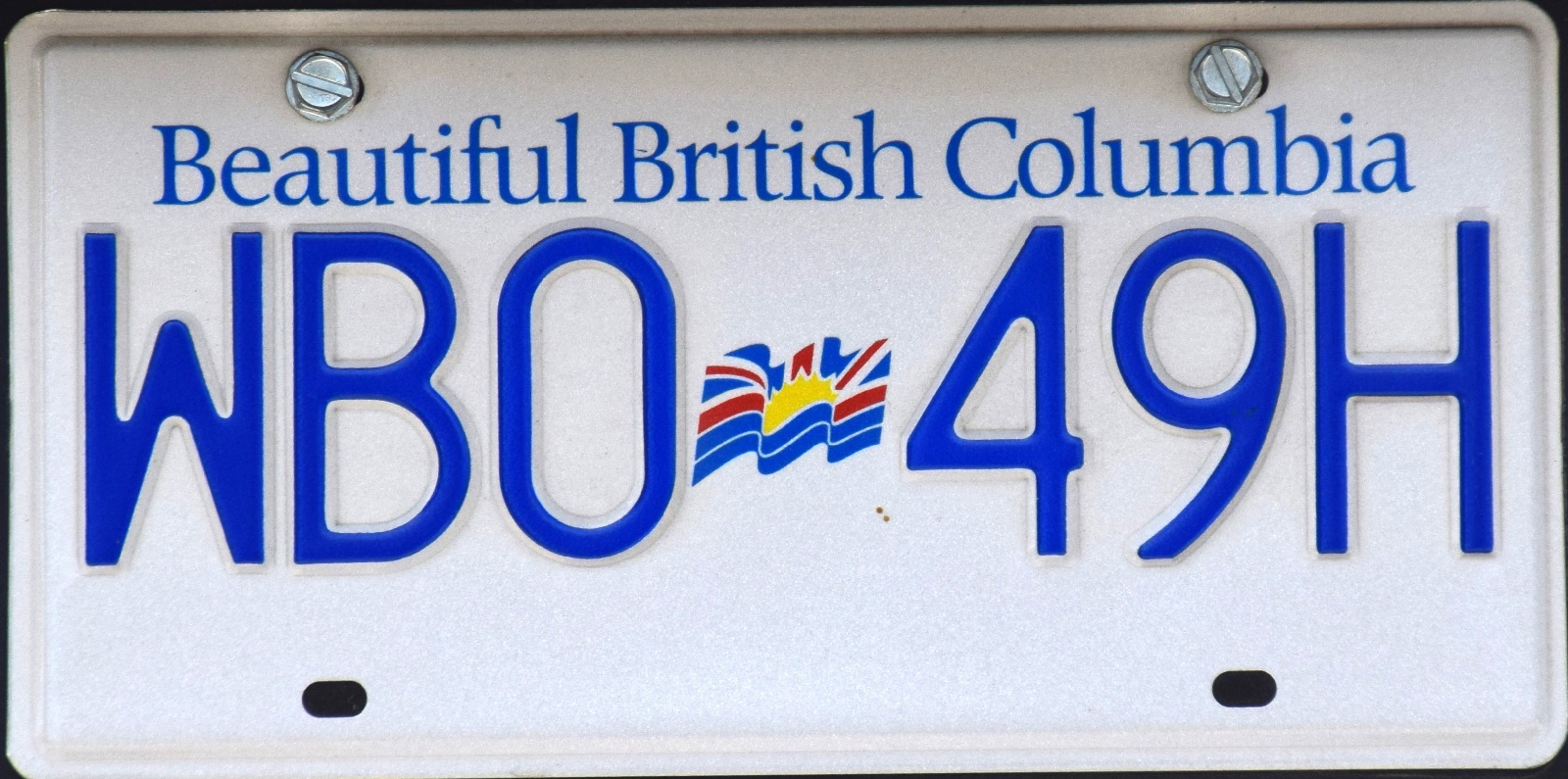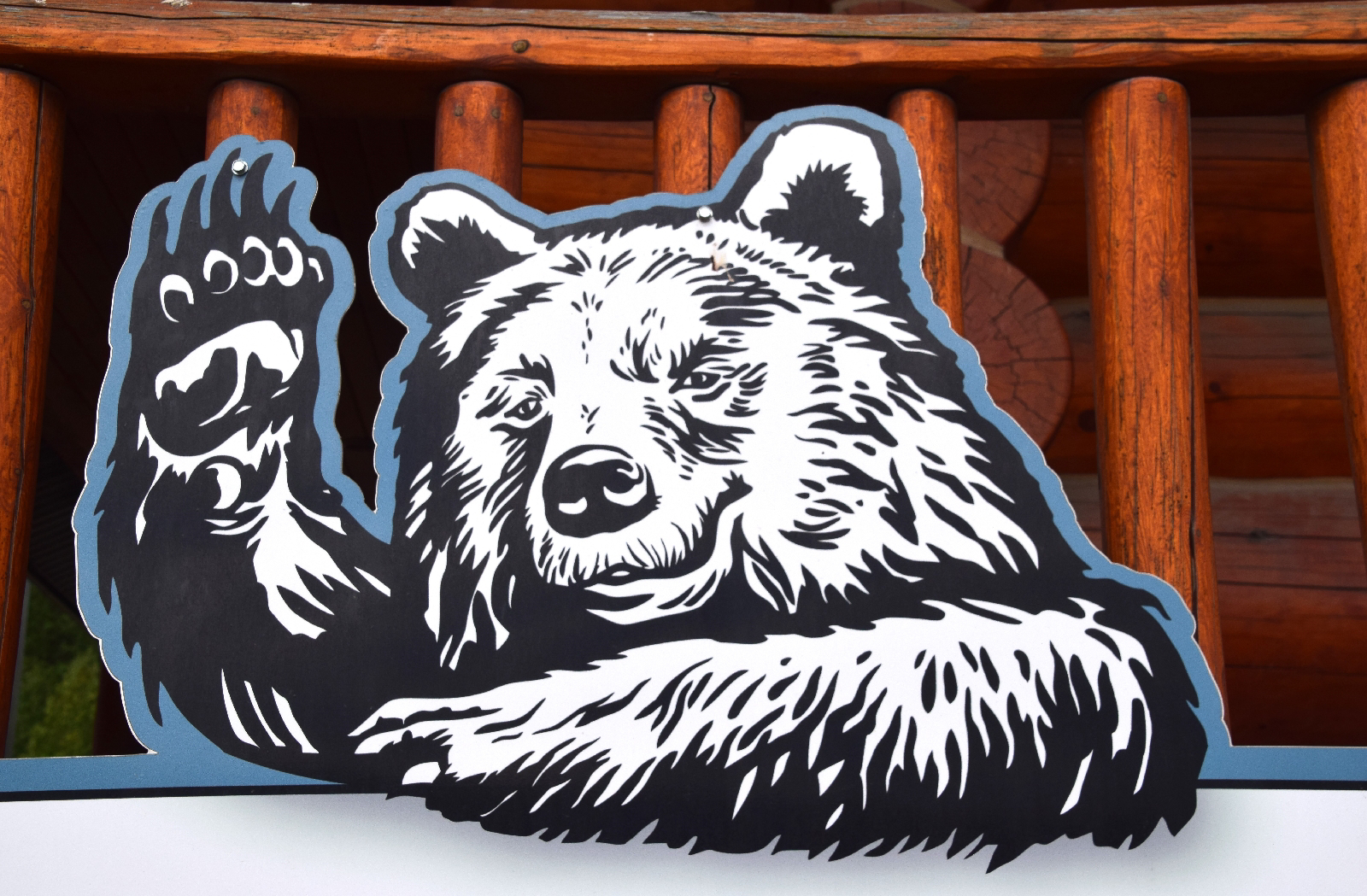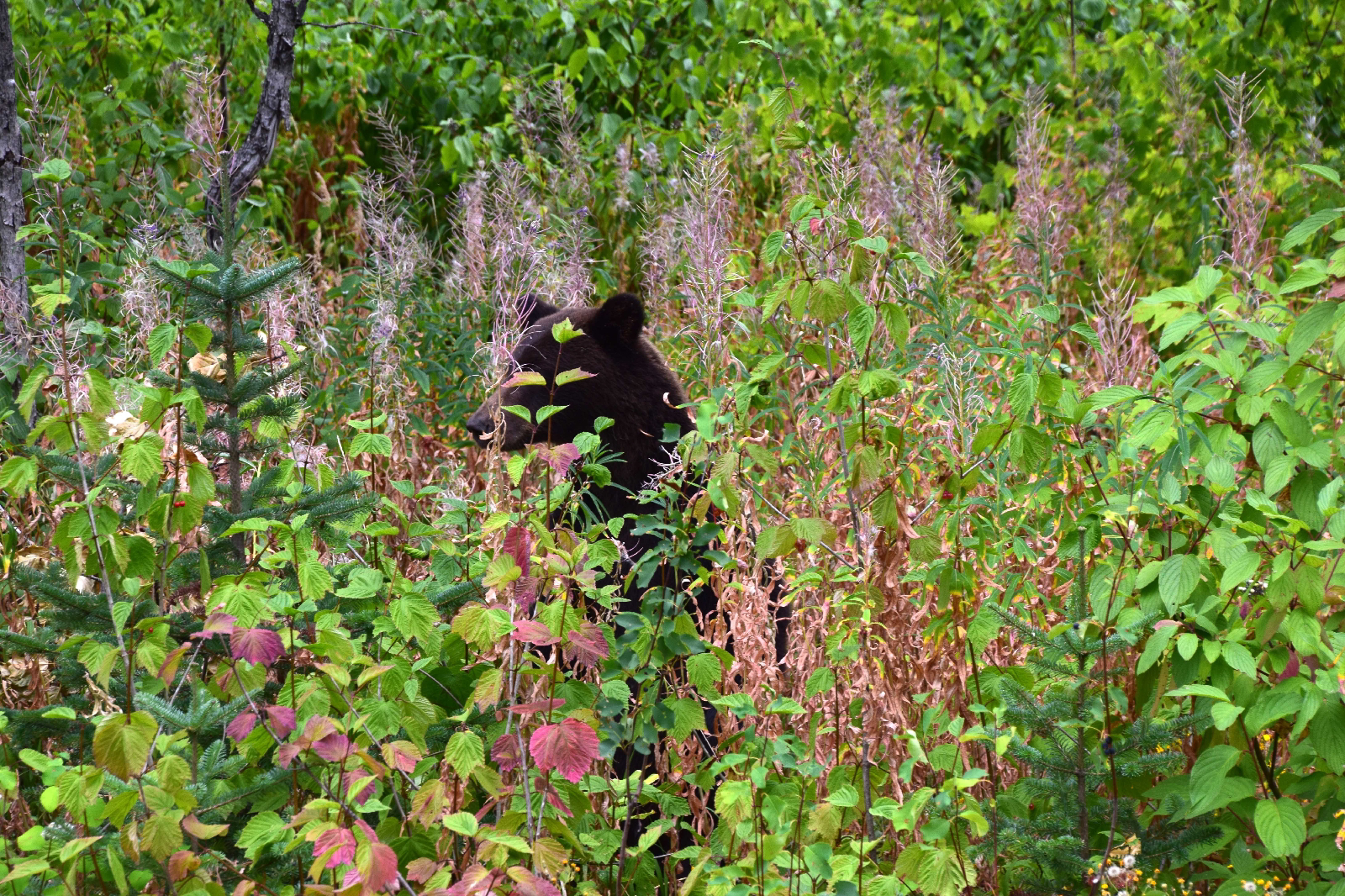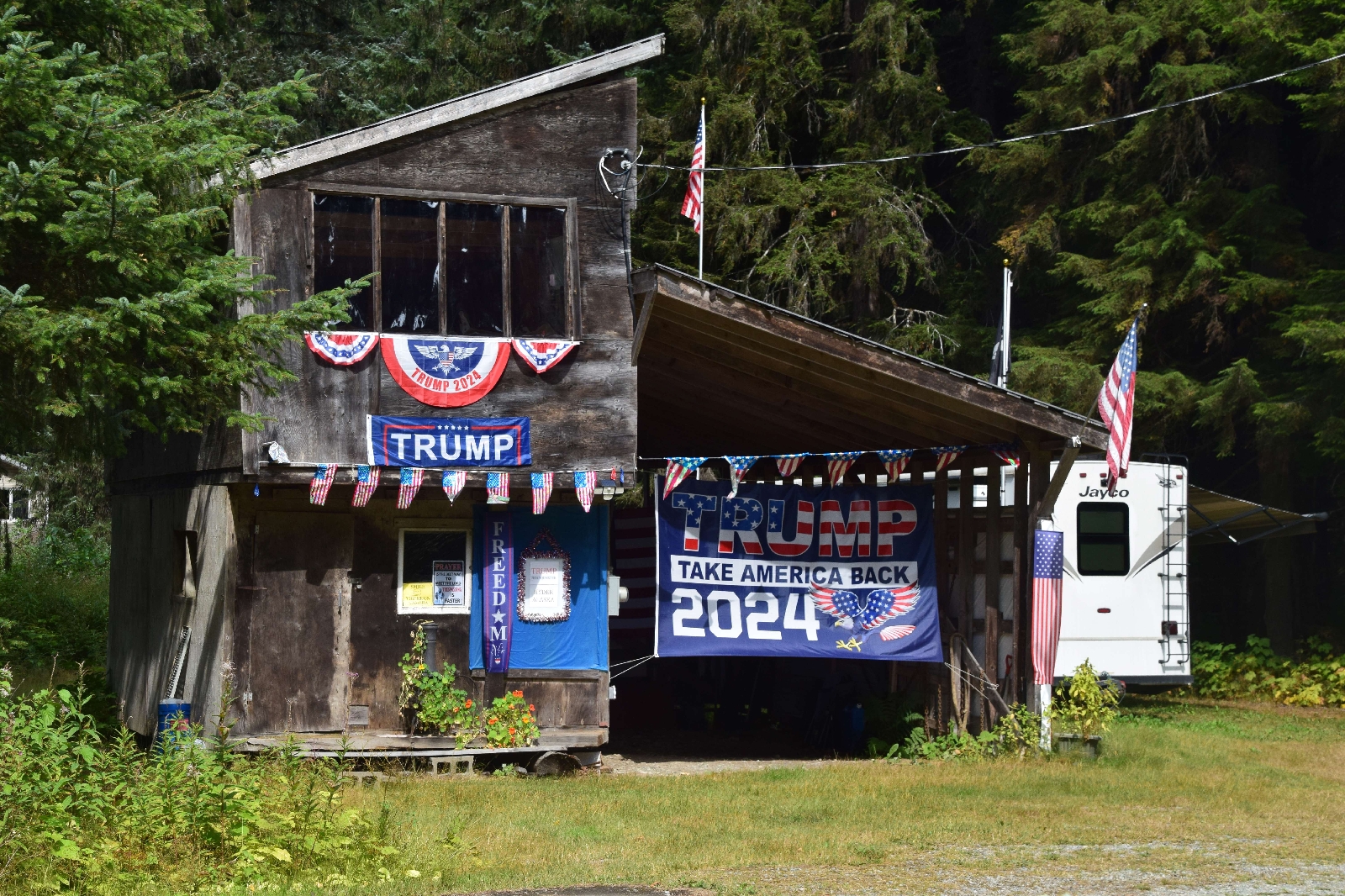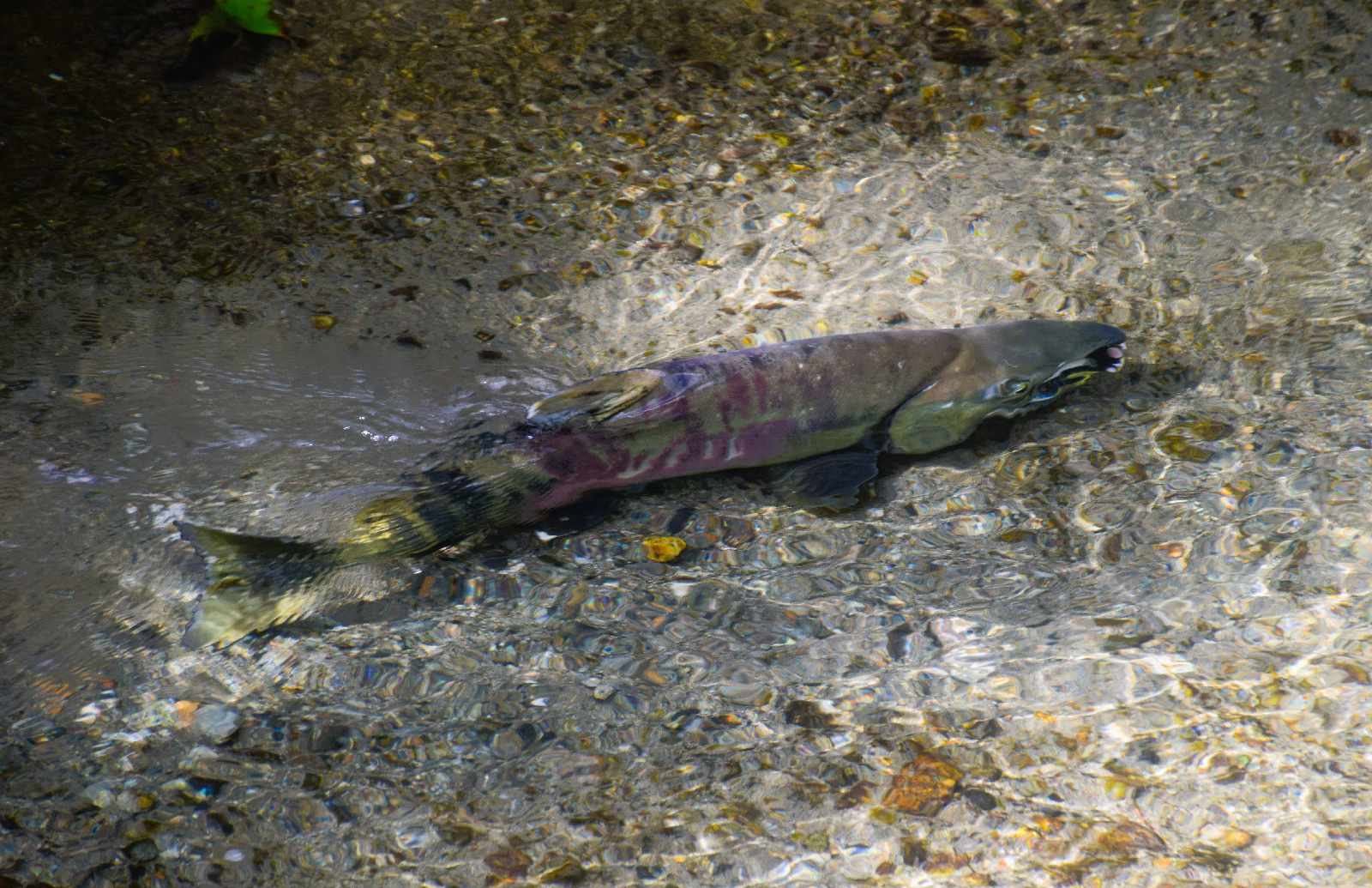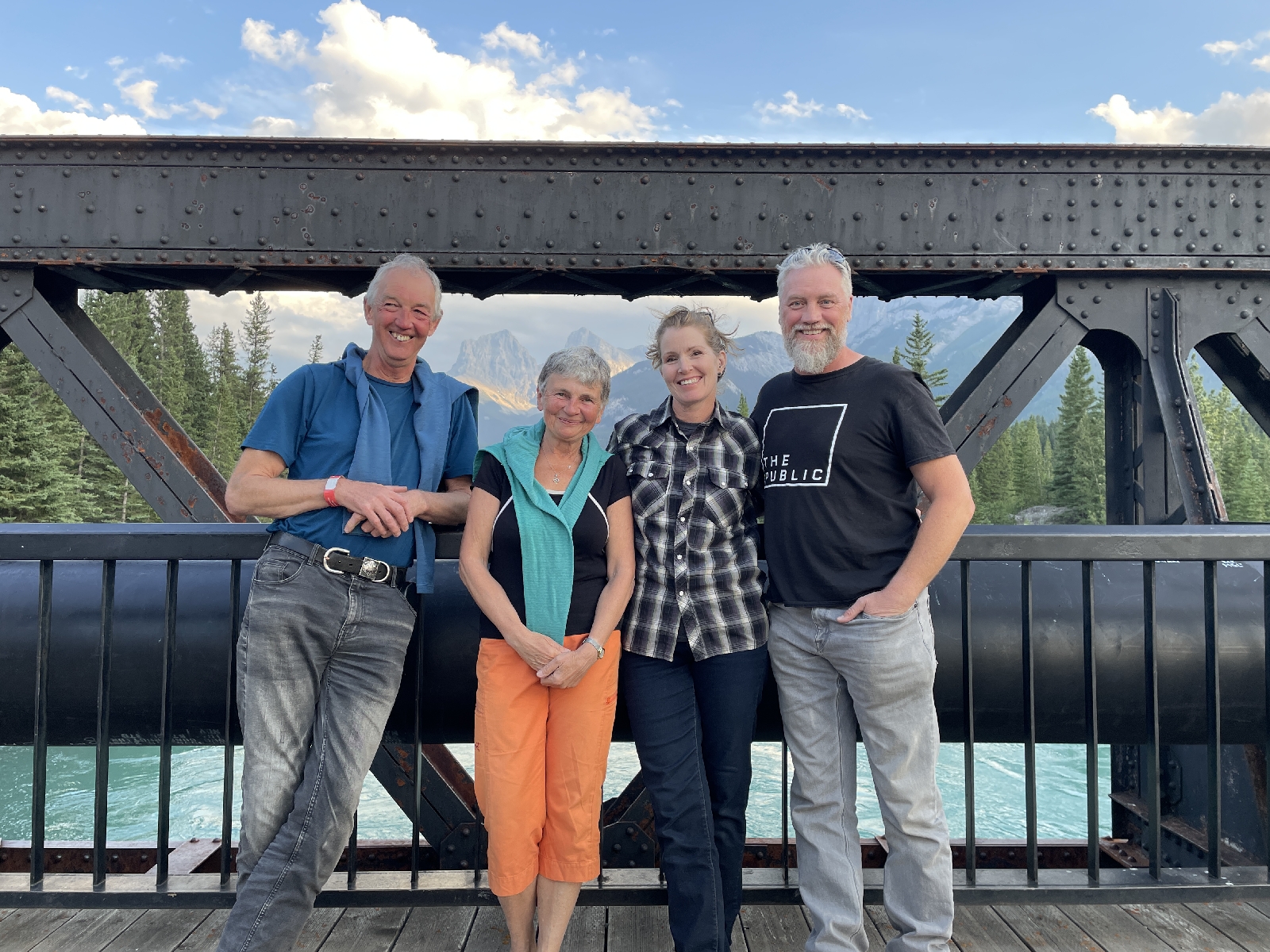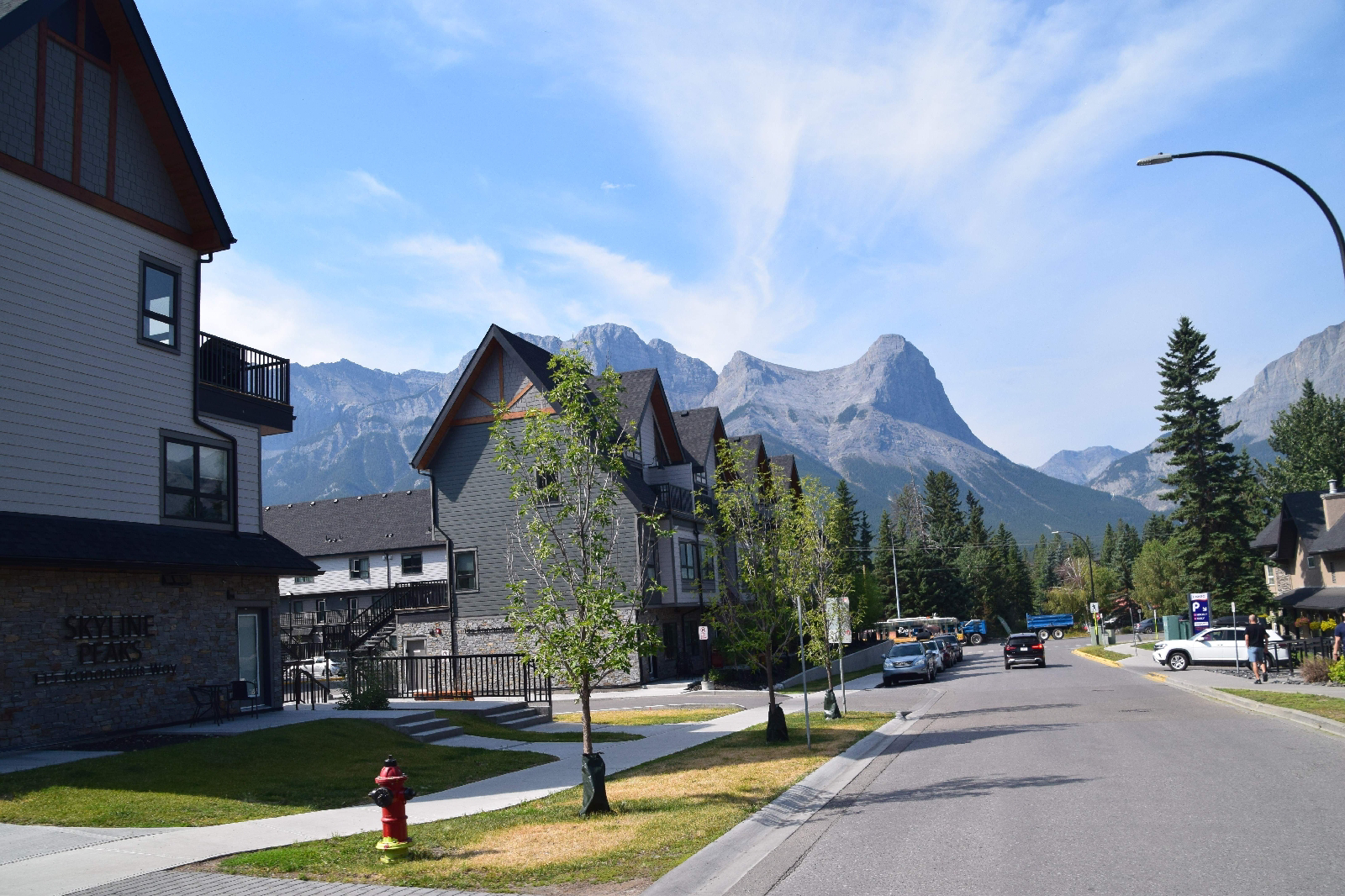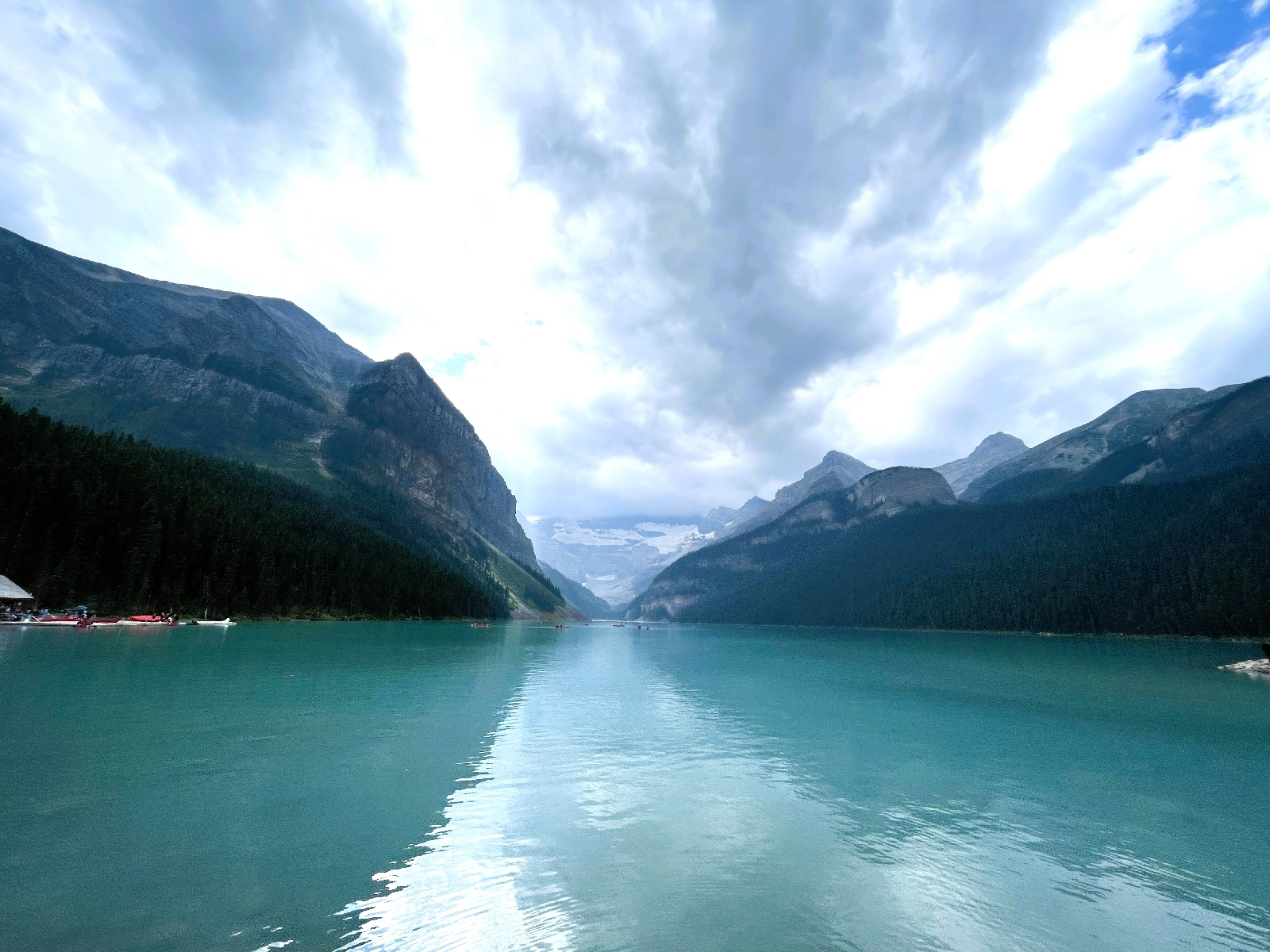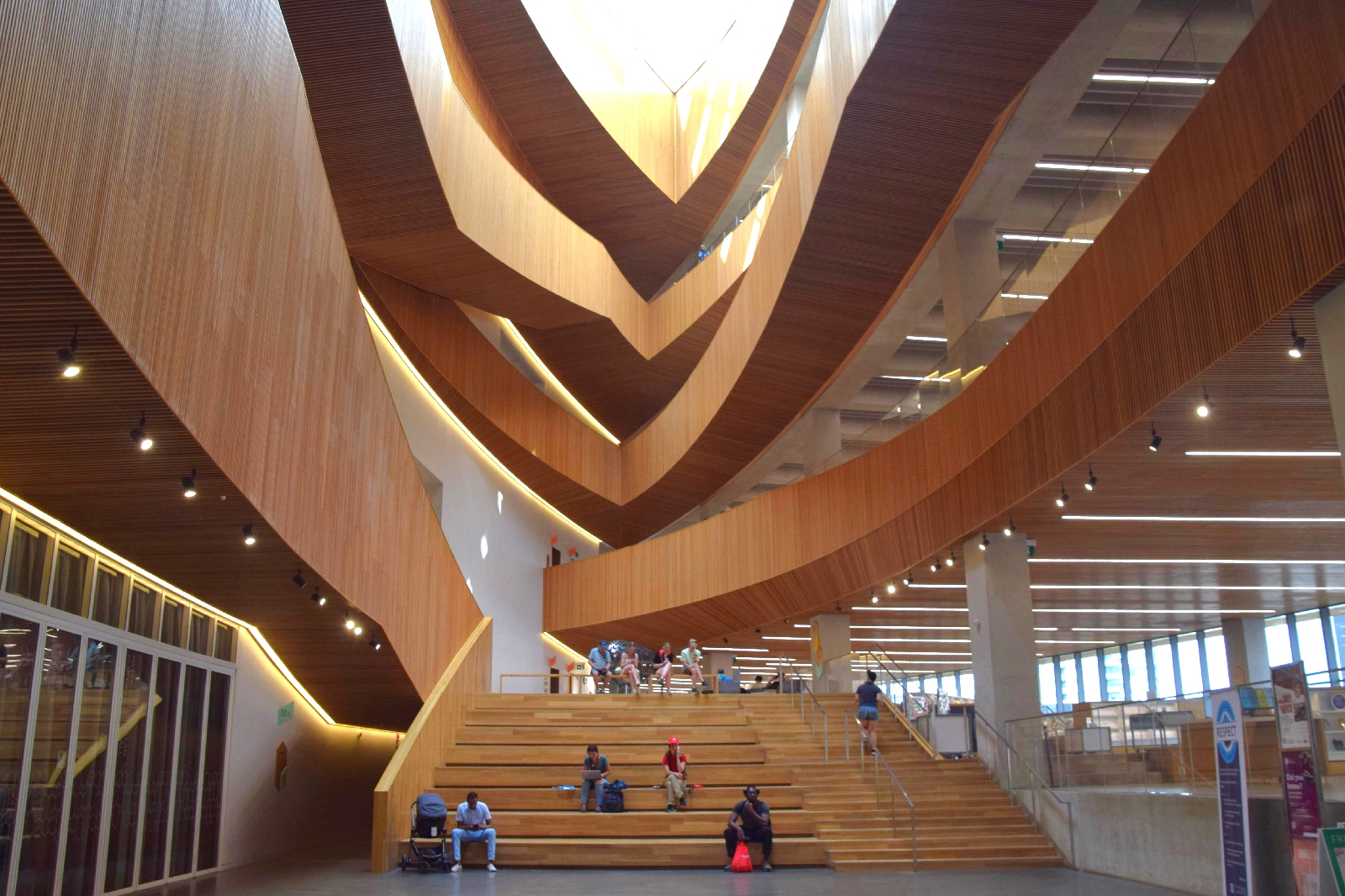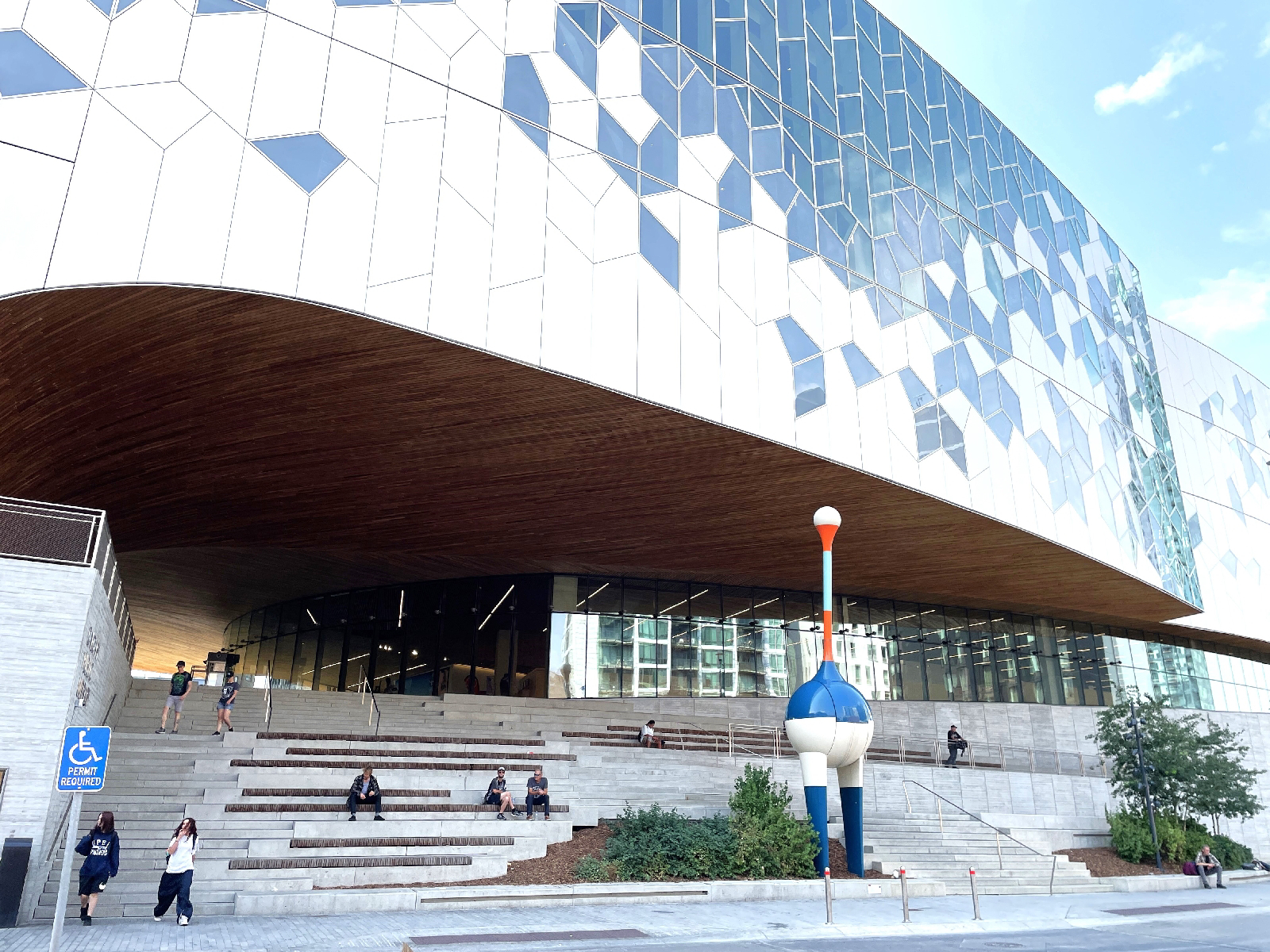We have headed north on the only roads that exist, the Stewart-Cassier, the Alaska and the Klondike Highway. We find petrol where we can, and the same for food and lodgings. Sometimes there is something to see, like a forest of signs, started by one of the roadbuilders years ago to indicate how far they were from everywhere else.
Our views on remoteness have been enlarged. The Yukon seems massive but only has a population of 45,000. If you ignore the main 'city', Whitehorse, then the population of the rest of the Yukon is 10,000.
So, having decided to visit the gold rush outpost that is Dawson City - the second largest 'city' in the Yukon with a population of 2,500 - we decided to stay an extra couple of nights... Doubtless this additional dallying will have repercussions down the line... Dawson City is also at the end of the road, at least a road as we would call one. So we will have to return on the same road, adding another day...
Arriving, damp and chilled, at our accommodation in Dawson City chalked up ten months on the trip. We shouldn't complain about the weather. We stopped to chat with two young Belgian guys on the road, Oscar and William; they were ten days into their trip - but on a tandem... We have also hit the 30,000 mile marker and are currently staying in our 183rd different accommodation. And things aren't finished yet. The road from Whitehorse to Dawson was 335 miles (530 kms) long with a couple of General Stores that sold petrol. Unfortunately the internet was down in the Yukon that day which meant no card transactions or ATMs. A Canadian couple kindly gave us $20 to buy petrol. We owe it down the line to the next people we see in need...
We thought that we had arrived somewhere remote. Dawson has seven months winter, hardly any spring or autumn and a little bit of summer. We have been reliably informed that summer stopped at the beginning of August. Not only is Dawson at the end of the road - no 'paved' road beyond Dawson - no paved road in Dawson! The guide, that showed us around town, laughed at our idea of remoteness and also confirmed that summer had been and gone - this was his last week as a tourist guide. No wonder our rather splendid accommodation seemed rather good value - it is closed from the 11th September. Françoise's birthday accommodation was somewhat better than a bed in a shed. Tuktoyaktuk, which is on the Arctic Ocean, and a 900km drive on gravel from Dawson; that was the guide's idea of remote. Whether 500km is remote or not, the food is remarkably good
- and not overpriced, especially considering everything has to be trucked in.
Dawson lies on the Yukon river. The river freezes in the winter as temperatures drop below -40°C. The free ferry has long been hoisted out of the river prior to winter setting in and, when the river freezes, trucks just drive across the frozen river. We are well into Autumn now. As much as we like it here, we need to head yo warmer weather soon...
Gold... Dawson City was, and still is in a lot of ways, all about the Gold Rush of the 1890's. In three years Dawson City went from zero to 100,000 inhabitants displacing the First Nation population who had no need for gold. In those three years Dawson became the Paris of the North with eager miners paying ladies of Dawson $5 for a dance. The first prospectors became very rich. The latecomers then had to work for those already there as the plots had all been taken. The gold wasn't easy to get at and soon machines took over from prospectors with spades. Big corporations consolidated the plots that the prospectors gave up on and the town's population then decreased. Canada National Parks started buying up and refurbishing some of the buildings. All in all, despite the cold - the town, sorry City, is built on permafrost - we have really enjoyed our stay in Dawson, drinking at Bombay Peggy's, a bedroom called Klondike Kate's in a clapperboard hotel, visiting an old bar and bank as well as eating in some of the refurbished buildings. Just a shame it's so far from anywhere...
There is a short road over the top into Alaska from Dawson City. There is a Customs post that is manned on this road up until the middle of September. Unfortunately a large portion of the road is gravel and we don't really feel up to it after our escapades at the beginning of our trip back in November. So it will be an extra two days, going back down the road we came up, to eventually get to the Alaska we planned. More dallying...
Heading to the border means stopping in nowheresville again. It's no wonder electric cars don't seem to have caught on yet in this part of Canada. And the weather lets Françoise take some photos of the arrival of the 'fall'.
Our last stop in Canada, Beaver Creek (two motels with petrol, one restaurant, Buckshot Betty's), so now we can head for Alaska proper!







